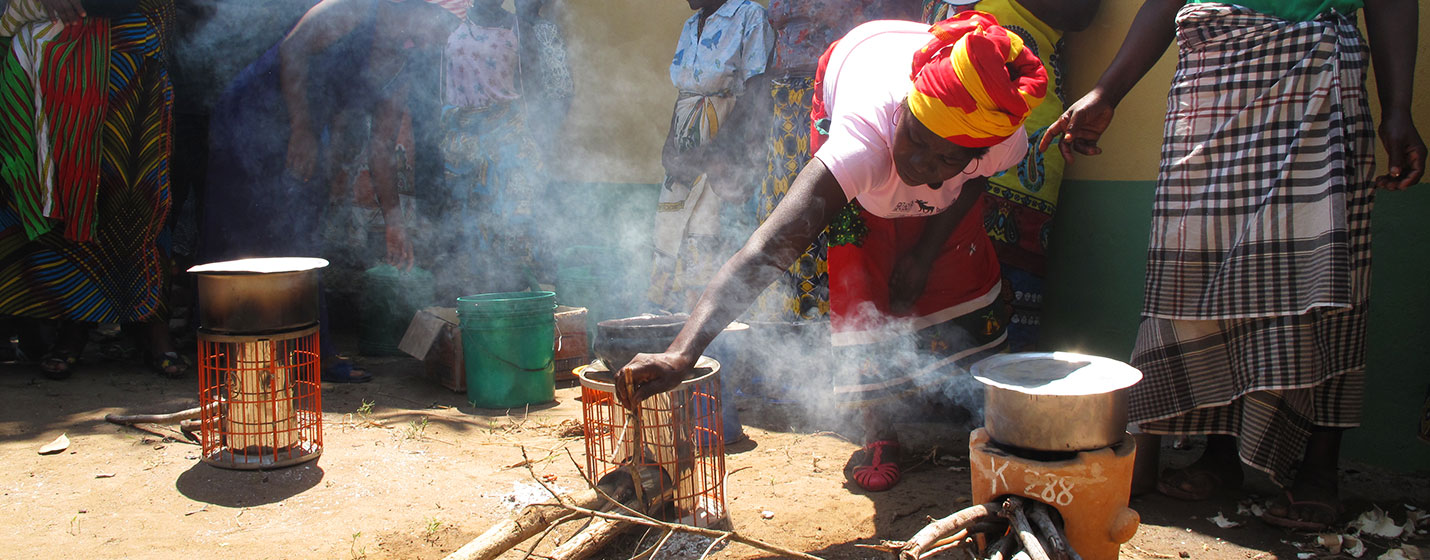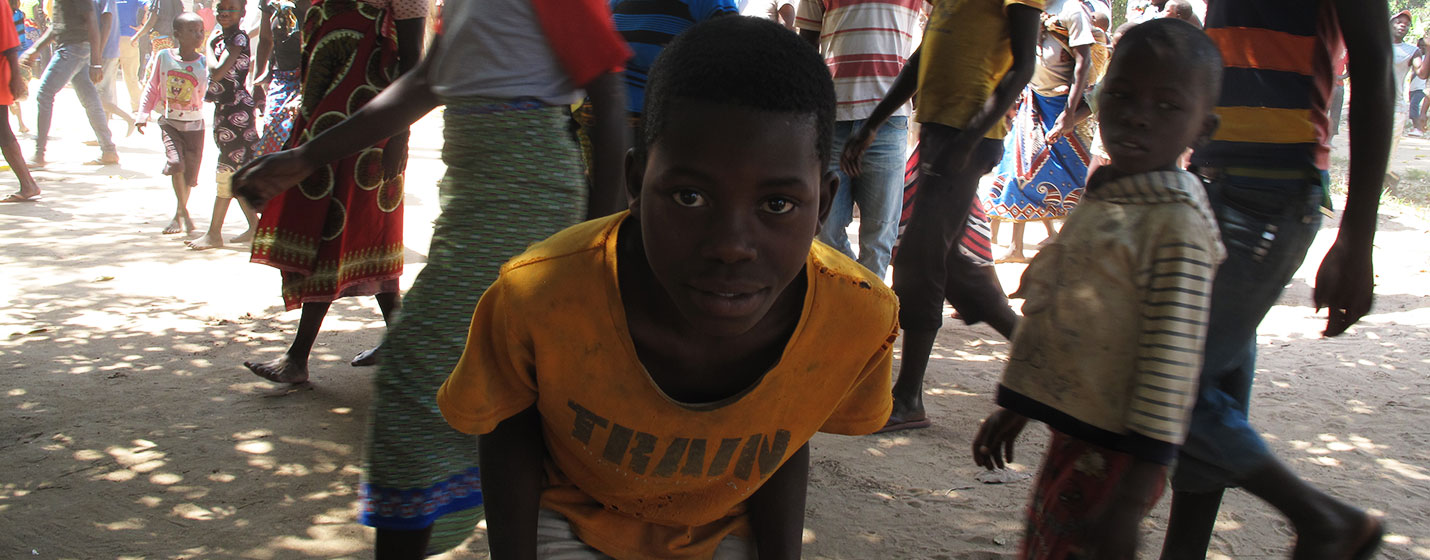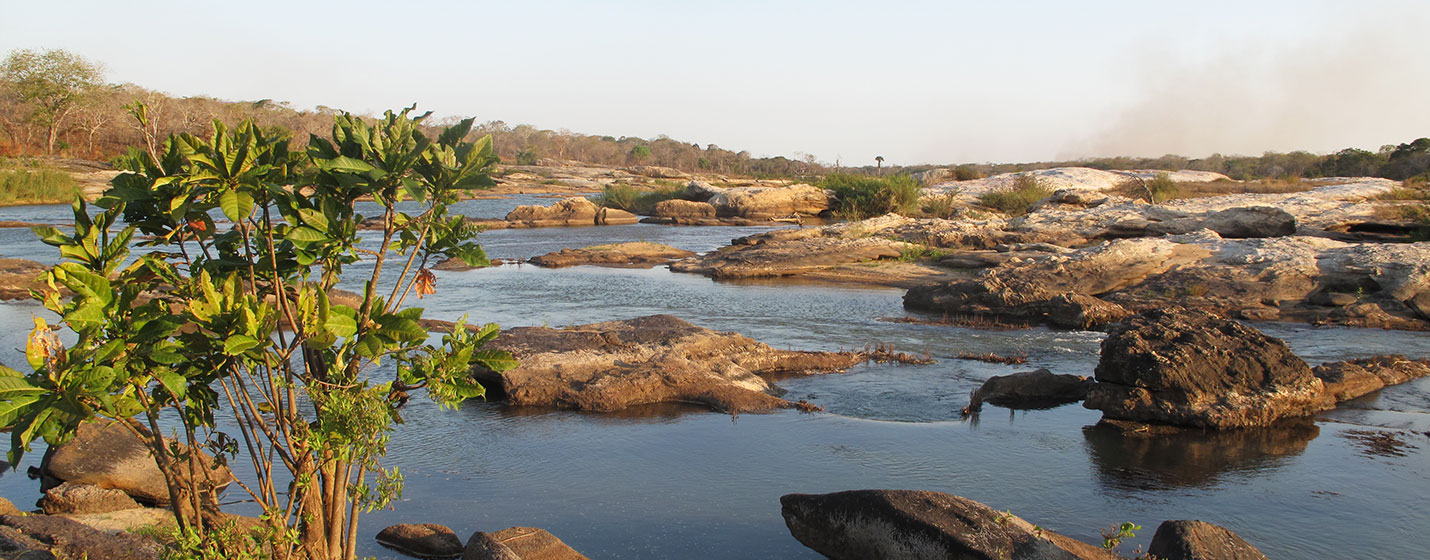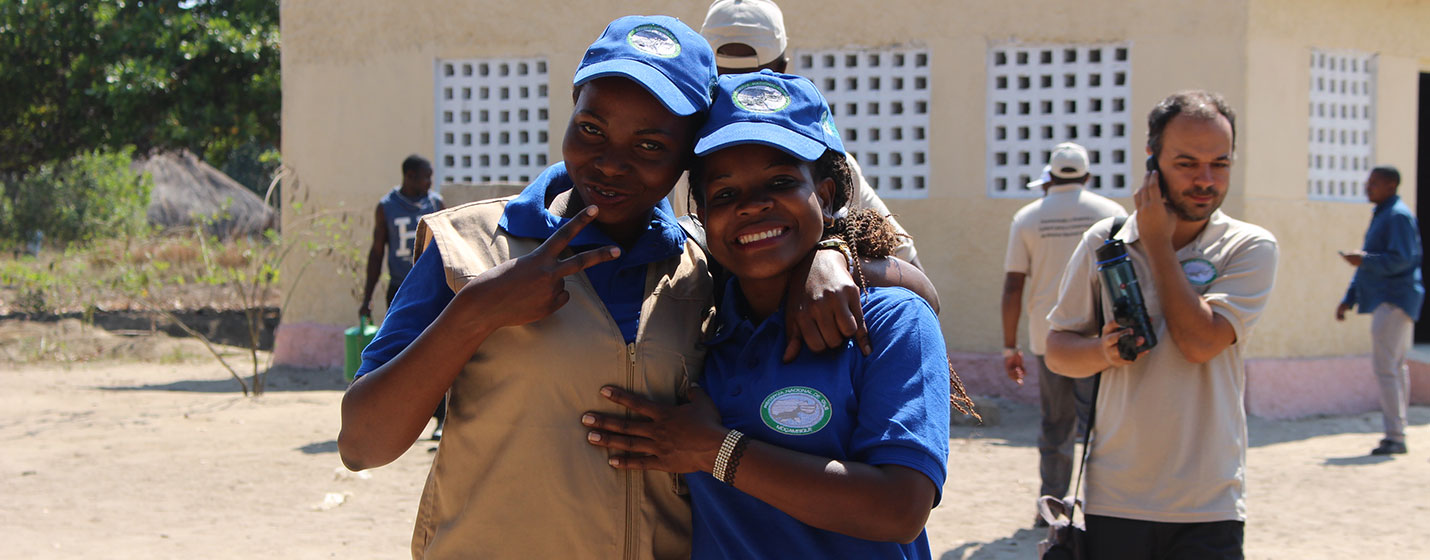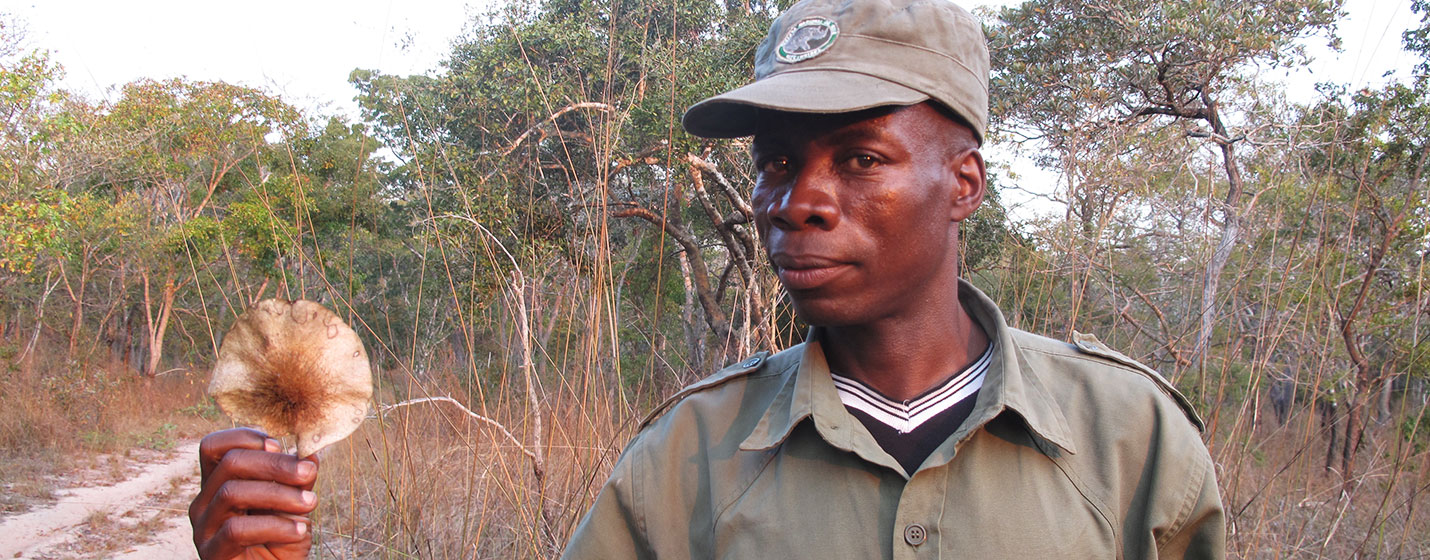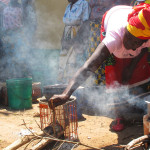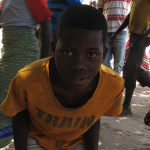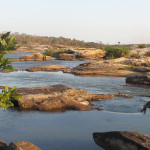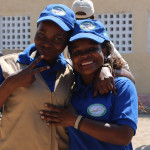The Reserve of Gilè is the only natural park in Mozambique that is not inhabited, the communities live in the peripheral zone: it is a densely populated area with a growing population but outside of the main roads. The local economy is based primarily on subsistence agriculture and breeding of a few units of goats, sheep and poultry, that on one hand exerts pressure on the Reserve, on the other hand cuts the community off the regional markets. Some traditional practices, in addition, as the uncontrolled use of fire for the opening of new fields to cultivate or poaching, are causing the continuous degradation of the natural resources of the area.
It is essential that communities living in the periphery of the Reserve can continue to live in the area, benefiting from the resources and at the same time becoming the guarantors. For this reason, in order to contribute to the conservation of natural resources and biodiversity in the forest of Gilè we will strengthen the integrated management model already set up and started with the previous intervention, improving communications and synergies between institutional partners and local communities.
There are 14 communities involved in the project that, together with the Management Committees, develop a range of sustainable alternatives to counteract inadequate use of resources, such as conservation agriculture, the production of cash crops, the production of local seeds , storage and processing of food, farming community. The involvement of the population in the reforestation of unproductive agricultural land with small forest nurseries in community management, in managing the human-animal conflict with the participation of community guards and the exchange of instruments of poaching with agricultural equipment, are some of the components of a process of environmental education that will enable a greater awareness at community level, about the invaluable natural resources of the Reserve of Gilè.

